Home>Garden Essentials>How To Use Cardamom Seeds
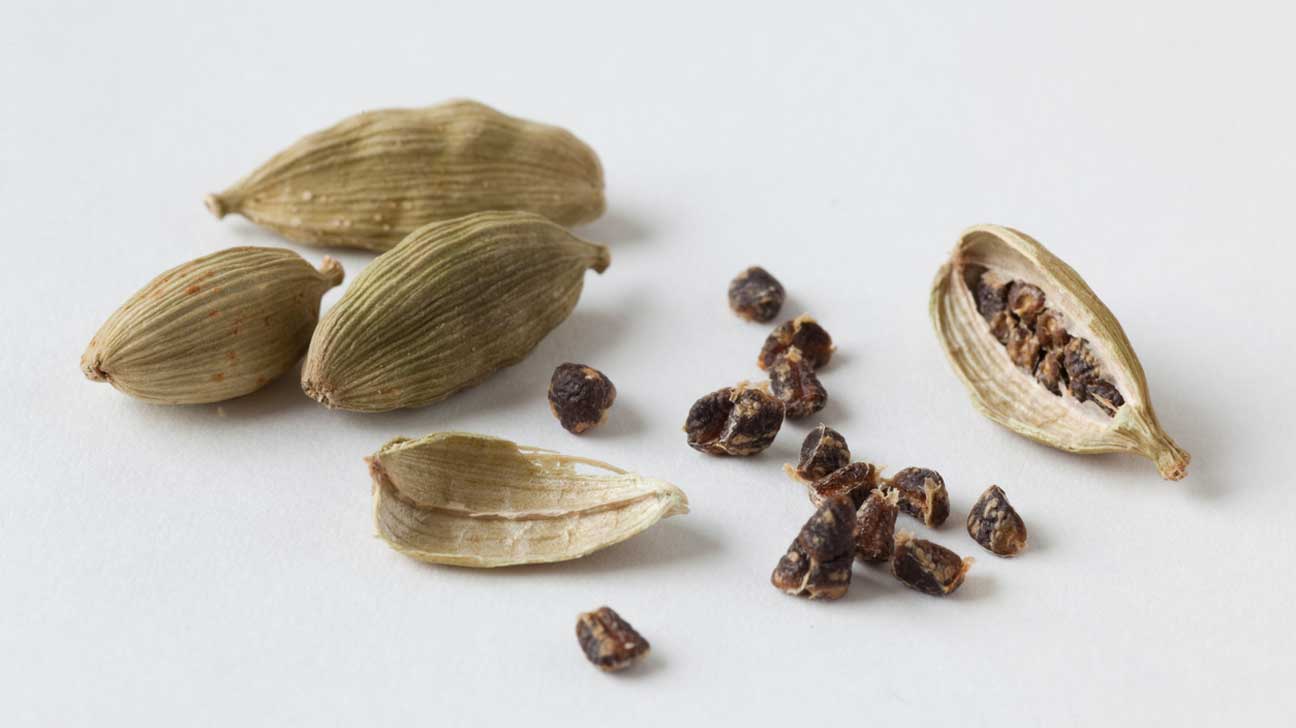

Garden Essentials
How To Use Cardamom Seeds
Modified: March 16, 2024
Learn how to properly use cardamom seeds in your garden with our step-by-step guide. Discover the benefits and techniques for successful cultivation.
(Many of the links in this article redirect to a specific reviewed product. Your purchase of these products through affiliate links helps to generate commission for Storables.com, at no extra cost. Learn more)
Introduction
Welcome to the world of cardamom seeds, the tiny aromatic wonders that can elevate the flavors of any dish. Whether you’re a seasoned chef or an amateur cook, incorporating cardamom seeds into your culinary repertoire can add a unique and exotic touch to your dishes.
Cardamom seeds, derived from the cardamom plant (Elettaria cardamomum), have been a prized spice for centuries. Native to the Indian subcontinent, cardamom seeds have been used in various cuisines around the world, including Indian, Middle Eastern, and Scandinavian dishes.
With their distinct flavor profile, which is a combination of citrusy, herbal, and spicy notes, cardamom seeds are incredibly versatile. From sweet desserts to savory curries, cardamom seeds can be used in a wide range of recipes, adding depth and complexity to your cooking.
But before we dive into the ways you can use cardamom seeds, let’s talk about how to choose, store, and prepare these aromatic gems.
Key Takeaways:
- Cardamom seeds, with their warm, citrusy flavor, can enhance both sweet and savory dishes. From baking to curries, these aromatic seeds offer endless culinary possibilities, adding a touch of magic to your cooking.
- Besides their delightful flavor, cardamom seeds also offer potential health benefits, such as aiding digestion and promoting respiratory health. So, embrace the wonders of cardamom seeds and let their aroma uplift your senses!
Read more: How Many Seeds In A Cardamom Pod
What are cardamom seeds?
Cardamom seeds are the small, black, aromatic seeds found within the cardamom pod. The cardamom plant is a member of the ginger family and is primarily cultivated in India, Guatemala, and Sri Lanka.
These seeds are highly prized for their distinctive flavor and aroma. They have a warm, slightly sweet taste with hints of citrus and spice. Cardamom seeds are often described as having a floral and herbal fragrance, which adds a delightful complexity to any dish.
In addition to their culinary uses, cardamom seeds have a long history of medicinal and therapeutic use. They have been used in traditional medicine systems like Ayurveda and Unani to treat various ailments, including digestive issues, respiratory problems, and even as an aphrodisiac.
Cardamom seeds are also rich in essential oils, antioxidants, and minerals like potassium, magnesium, and calcium. They are known to have antibacterial and anti-inflammatory properties, making them a valuable addition to a healthy diet.
It’s important to note that there are two main types of cardamom seeds: green and black. Green cardamom seeds, which are more commonly used in cooking, have a milder and more delicate flavor. Black cardamom seeds, on the other hand, have a smoky and intense flavor that is often used in savory dishes.
Now that we know what cardamom seeds are and their unique qualities, let’s explore how to choose and store them to preserve their freshness and flavor.
Buying and storing cardamom seeds
When it comes to buying cardamom seeds, there are a few things to keep in mind to ensure you get the best quality product.
First and foremost, opt for whole cardamom pods rather than pre-ground cardamom seeds. Whole pods retain their flavor and aroma much better than ground seeds, which tend to lose their potency over time. Buying whole pods also allows you to grind the seeds fresh whenever you need them.
Look for cardamom pods that are plump, firm, and have a vibrant green color. Avoid any pods that are discolored or dull, as this could indicate that they are old and have lost their freshness.
When it comes to storage, it’s best to keep your cardamom seeds in a cool, dry place, away from direct sunlight. The seeds can be stored in an airtight container, such as a glass jar or a zip-top bag, to prevent moisture and air from spoiling their flavor.
If you have bought a large quantity of cardamom seeds or want to extend their shelf life further, you can store them in the freezer. Freezing the seeds will help preserve their freshness and flavor for up to a year.
It’s worth noting that cardamom seeds, especially the black variety, have a relatively long shelf life compared to other spices. However, for the best flavor and aroma, it’s recommended to use them within six months to a year.
Now that you know how to choose and store your cardamom seeds properly, let’s move on to the next step: grinding them to unleash their full potential.
Grinding cardamom seeds
Grinding cardamom seeds is a crucial step in unlocking their delightful flavors. Once the seeds are ground, they can be used in a variety of recipes, from desserts and beverages to savory dishes.
To grind cardamom seeds, you will need a few tools: a mortar and pestle or a spice grinder. Both methods work well, so choose the one that suits your preference and the quantity of seeds you need to grind.
If you’re using a mortar and pestle, start by placing a small amount of cardamom seeds in the mortar. Using the pestle, gently crush the seeds in a circular motion. Apply consistent pressure until the seeds are evenly ground into a fine powder. Repeat this process until you have ground the desired quantity of seeds.
If you’re using a spice grinder, add a small amount of cardamom seeds to the grinder and pulse the machine until you achieve a fine powder consistency. Be careful not to over-grind, as this can release too much of the essential oils and make the powder clumpy.
After grinding, it’s a good idea to sift the powder using a fine-mesh sieve. This will ensure that any larger pieces or husks are removed, leaving you with a smooth and uniform powder.
Keep in mind that freshly ground cardamom seeds have the most potent flavor and aroma. For the best results, it’s recommended to grind the seeds just before using them in your recipes.
Now that you have freshly ground cardamom powder, let’s explore the various ways you can incorporate it into your cooking.
To use cardamom seeds, crush them with a mortar and pestle before adding to recipes for a strong flavor. You can also steep them in hot water for a fragrant tea.
Using cardamom seeds in cooking
Cardamom seeds are a versatile spice that can add a burst of flavor to both sweet and savory dishes. Here are some popular ways to use cardamom seeds in your cooking:
1. Baking: Cardamom seeds can enhance the flavors of baked goods like cookies, cakes, and bread. You can add ground cardamom seeds directly to the batter or dough to infuse it with a warm and aromatic taste. Cardamom pairs particularly well with flavors like vanilla, citrus, and chocolate.
2. Infused beverages: Cardamom seeds are commonly used to infuse warmth and fragrance into hot drinks like chai tea or spiced coffee. Simmer whole cardamom pods in hot water or milk, along with other spices like cinnamon and cloves, to create a flavorful and comforting beverage.
3. Indian curries and stews: Cardamom seeds are a staple in Indian cuisine and are often used in curries and stews. They add a unique depth of flavor and complement other spices like cumin, coriander, and turmeric. Crush the pods slightly to release the seeds’ aroma and add them to your dish during the cooking process.
4. Rice and grain dishes: Cardamom seeds can elevate the flavors of rice and grain-based dishes. Add a few whole pods or crush the seeds and sprinkle them into the cooking water for rice, quinoa, or other grains. The result is a subtly fragrant and aromatic side dish.
5. Desserts and sweets: Cardamom seeds are a fantastic addition to desserts and sweets. They work well with fruits, such as apples, pears, and oranges, and can bring a delightful twist to traditional desserts like rice pudding, custards, and ice creams.
6. Spiced rubs and marinades: Crushed cardamom seeds can be combined with other spices to create flavorful rubs and marinades for meats, poultry, and seafood. The combination of cardamom with spices like cumin, ginger, and chili powder can create a delicious and aromatic blend.
Remember to start with small amounts of cardamom seeds in your recipes, as their flavor can be quite intense. You can gradually adjust the quantity to suit your personal taste preferences.
Now that you have some ideas on how to use cardamom seeds in your cooking, let’s explore the health benefits associated with these little wonders.
Read more: What Do Cardamom Seeds Look Like
Health benefits of cardamom seeds
Besides adding a burst of flavor to your dishes, cardamom seeds also offer a range of health benefits. Here are some of the key advantages of incorporating cardamom seeds into your diet:
1. Digestive health: Cardamom seeds have been traditionally used to aid digestion. They can help relieve bloating, gas, and stomach discomfort. The essential oils in cardamom seeds stimulate the secretion of digestive enzymes, promoting better digestion.
2. Anti-inflammatory properties: Cardamom seeds contain compounds that have anti-inflammatory properties. Regular consumption of cardamom seeds may help reduce inflammation in the body, potentially benefiting conditions like arthritis and autoimmune disorders.
3. Antioxidant-rich: The antioxidants found in cardamom seeds help protect the body against oxidative stress and free radicals. These compounds may play a role in preventing chronic diseases, such as heart disease, diabetes, and certain types of cancer.
4. Oral health: Cardamom seeds have antimicrobial properties that can help fight bacteria responsible for oral infections, bad breath, and gum diseases. Chewing on cardamom seeds or using cardamom-based mouthwashes may promote oral health.
5. Respiratory health: The aroma of cardamom seeds has a soothing effect on the respiratory system. In traditional medicine, cardamom seeds are used to treat respiratory conditions like coughs, asthma, and bronchitis.
6. Blood pressure regulation: Cardamom seeds have been shown to have potential blood pressure-lowering effects. They may help relax blood vessels and improve blood circulation, thus contributing to better cardiovascular health.
7. Weight management: Some studies suggest that cardamom seeds may have a positive impact on weight management. They may help boost metabolism and improve fat metabolism, potentially aiding in weight loss and maintaining a healthy weight.
While cardamom seeds offer promising health benefits, it’s essential to incorporate them as part of a balanced and varied diet. As with any spice or supplement, it’s best to consult with a healthcare professional before making any significant changes to your diet.
Now that you’re aware of the potential health perks of cardamom seeds, it’s time to head to the kitchen and start experimenting with these flavorful seeds.
Conclusion
Cardamom seeds, with their unique flavor profile and numerous health benefits, have rightfully earned their place in the culinary world. Whether you’re a fan of sweet treats, savory dishes, or aromatic beverages, cardamom seeds can add a touch of magic to your creations.
From the moment you select the perfect cardamom pods to the delightful process of grinding the seeds, the journey of incorporating cardamom seeds into your cooking is filled with excitement and exploration. The versatility of cardamom seeds allows for endless culinary possibilities.
Not only do cardamom seeds enhance the flavors of your dishes, but they also offer potential health advantages. From aiding digestion and promoting respiratory health to providing antioxidant support, cardamom seeds contribute to overall wellness.
Remember to store your cardamom seeds properly to maintain their freshness and potency. Whether you choose to grind them just before using or keep them whole, the potential of cardamom seeds is waiting to be unlocked.
So, let your creativity flow and experiment with cardamom seeds in your baking, cooking, and beverage-making endeavors. Let their aroma uplift your senses and their taste transport you to far-off lands.
Immerse yourself in the world of cardamom seeds, and discover the magic they can bring to your culinary creations. Enjoy the delicious flavors and health benefits that these tiny seeds have to offer!
Now, armed with knowledge about cardamom seeds, it’s time to embrace their wonders and embark on a delightful cooking journey. Happy cooking and may the flavors of cardamom seeds enrich every dish you create!
Frequently Asked Questions about How To Use Cardamom Seeds
Was this page helpful?
At Storables.com, we guarantee accurate and reliable information. Our content, validated by Expert Board Contributors, is crafted following stringent Editorial Policies. We're committed to providing you with well-researched, expert-backed insights for all your informational needs.

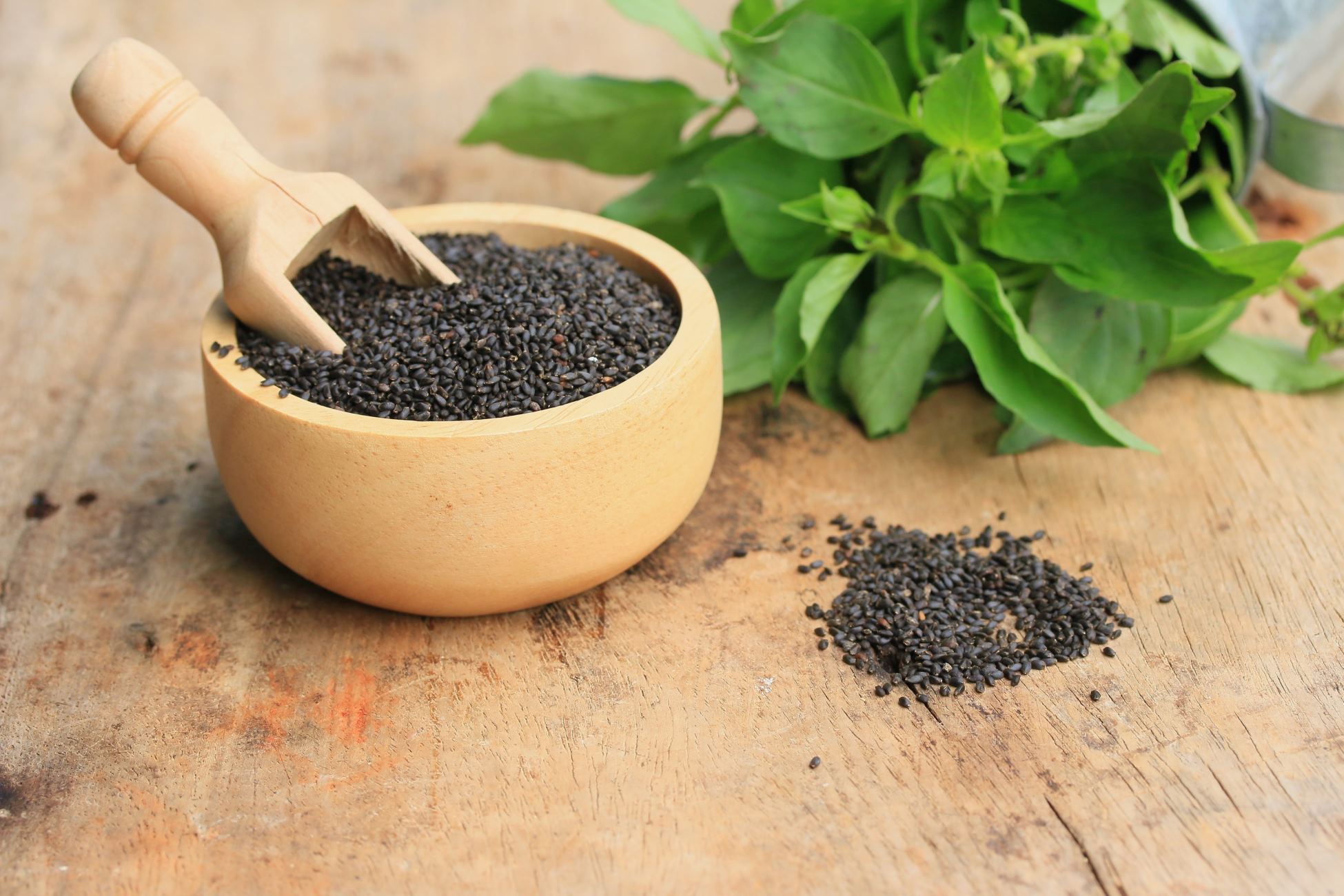
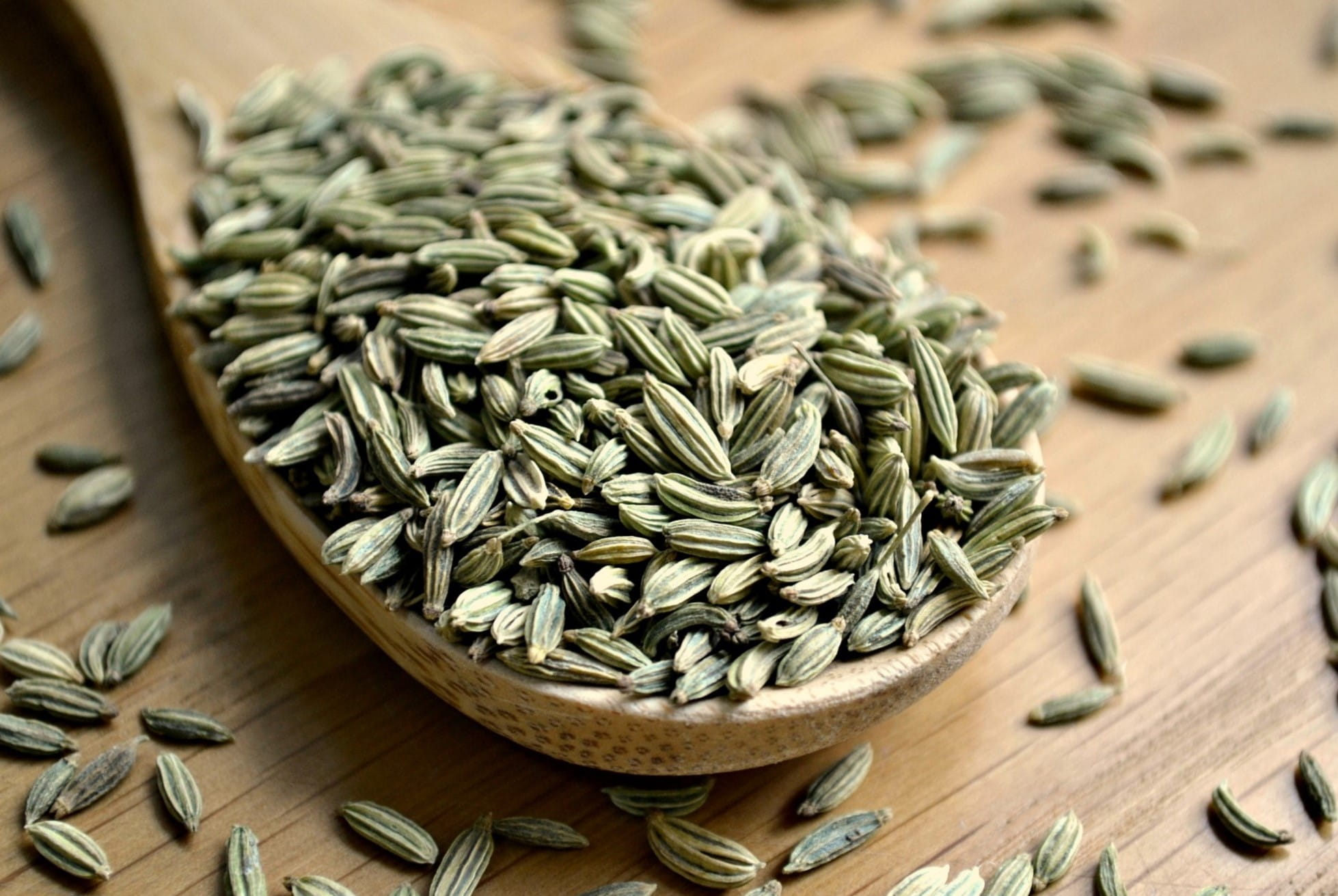
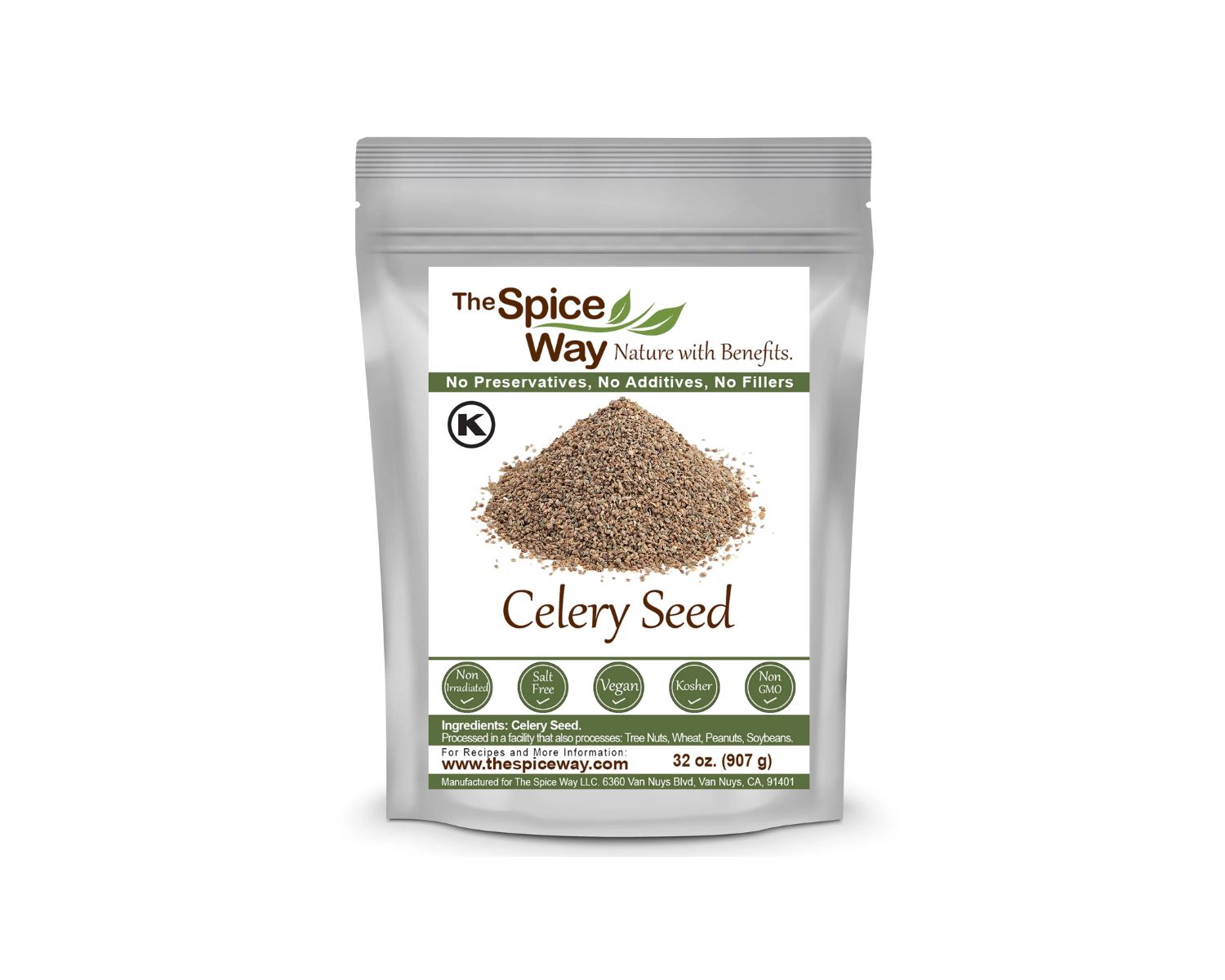
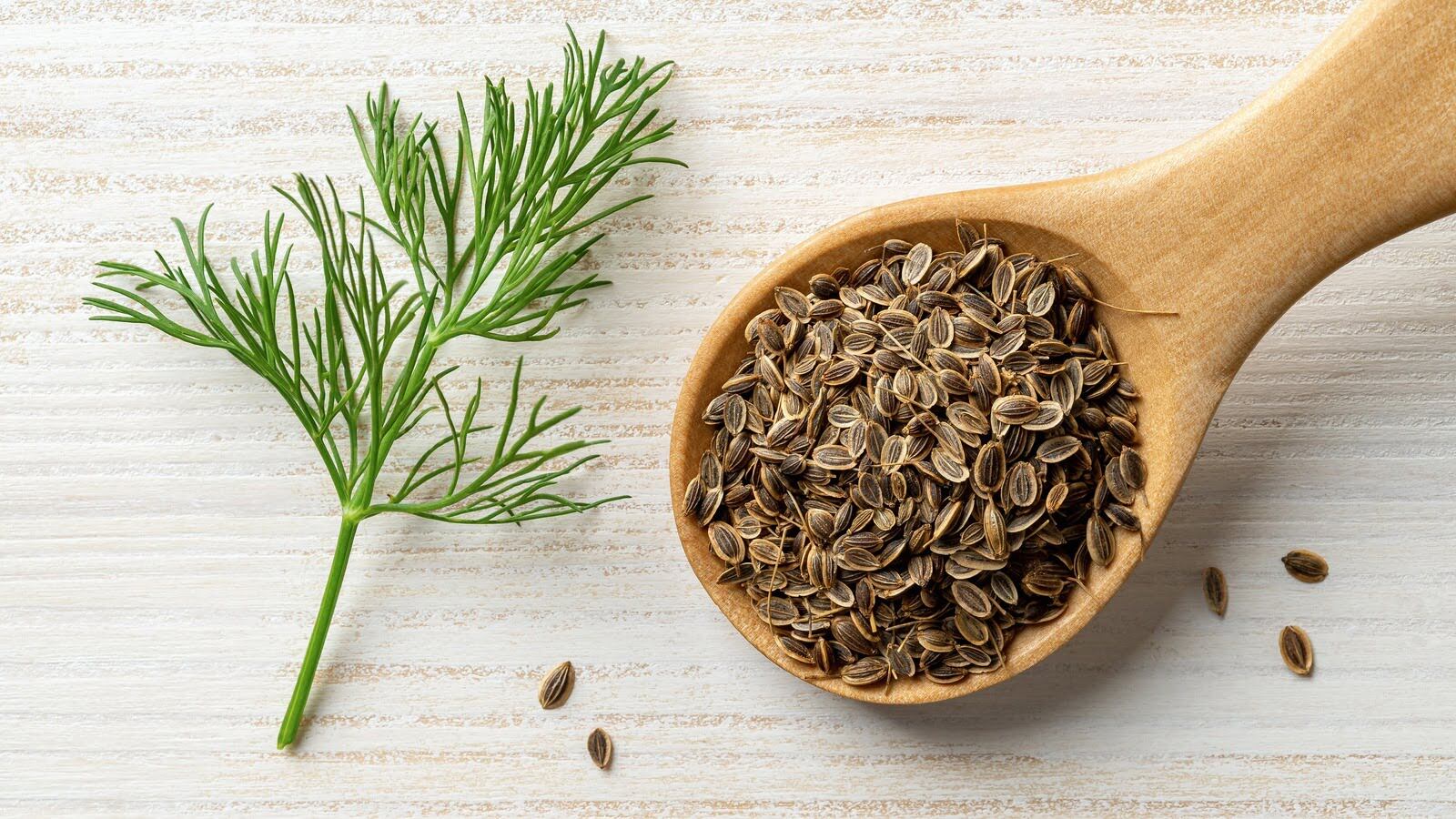
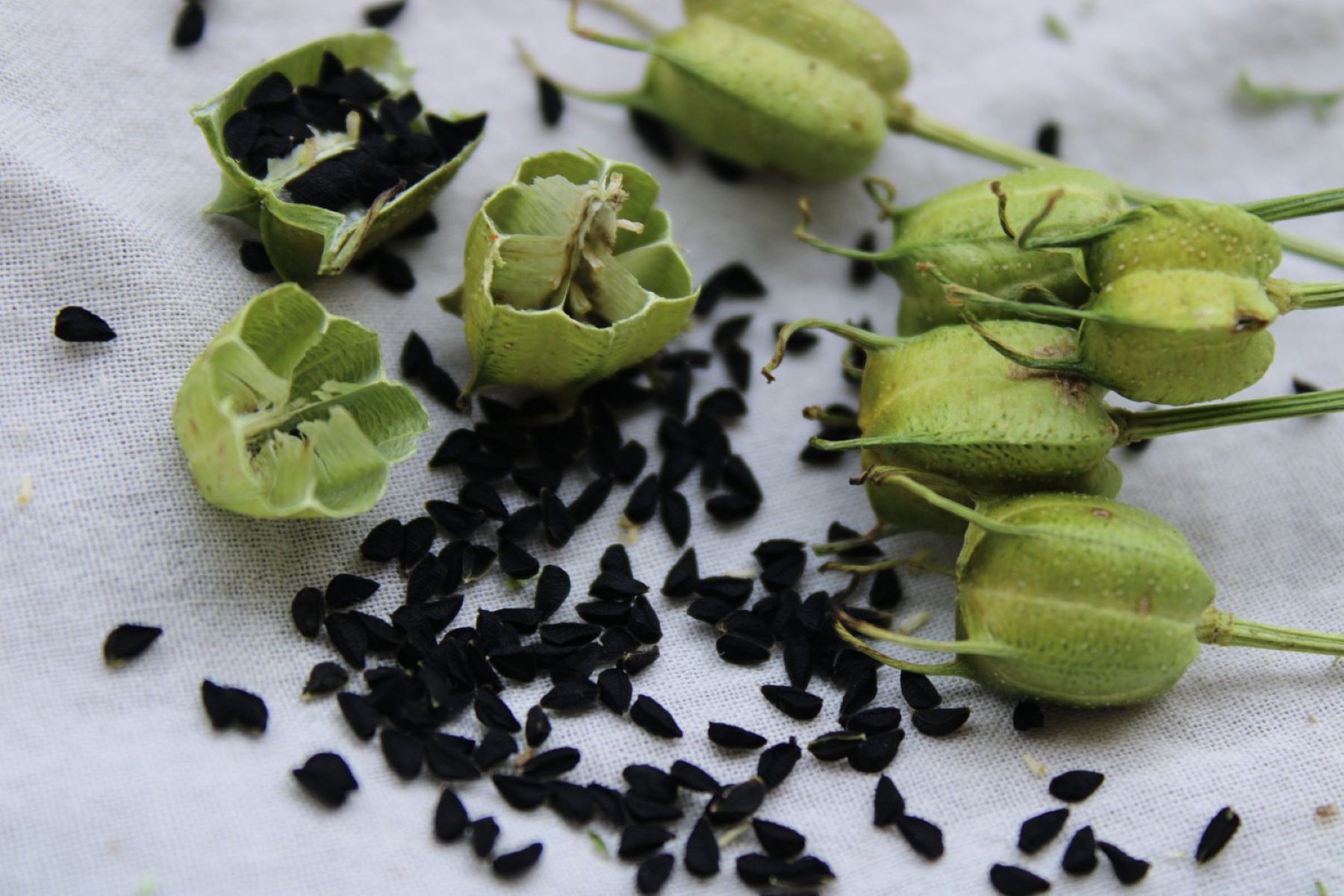
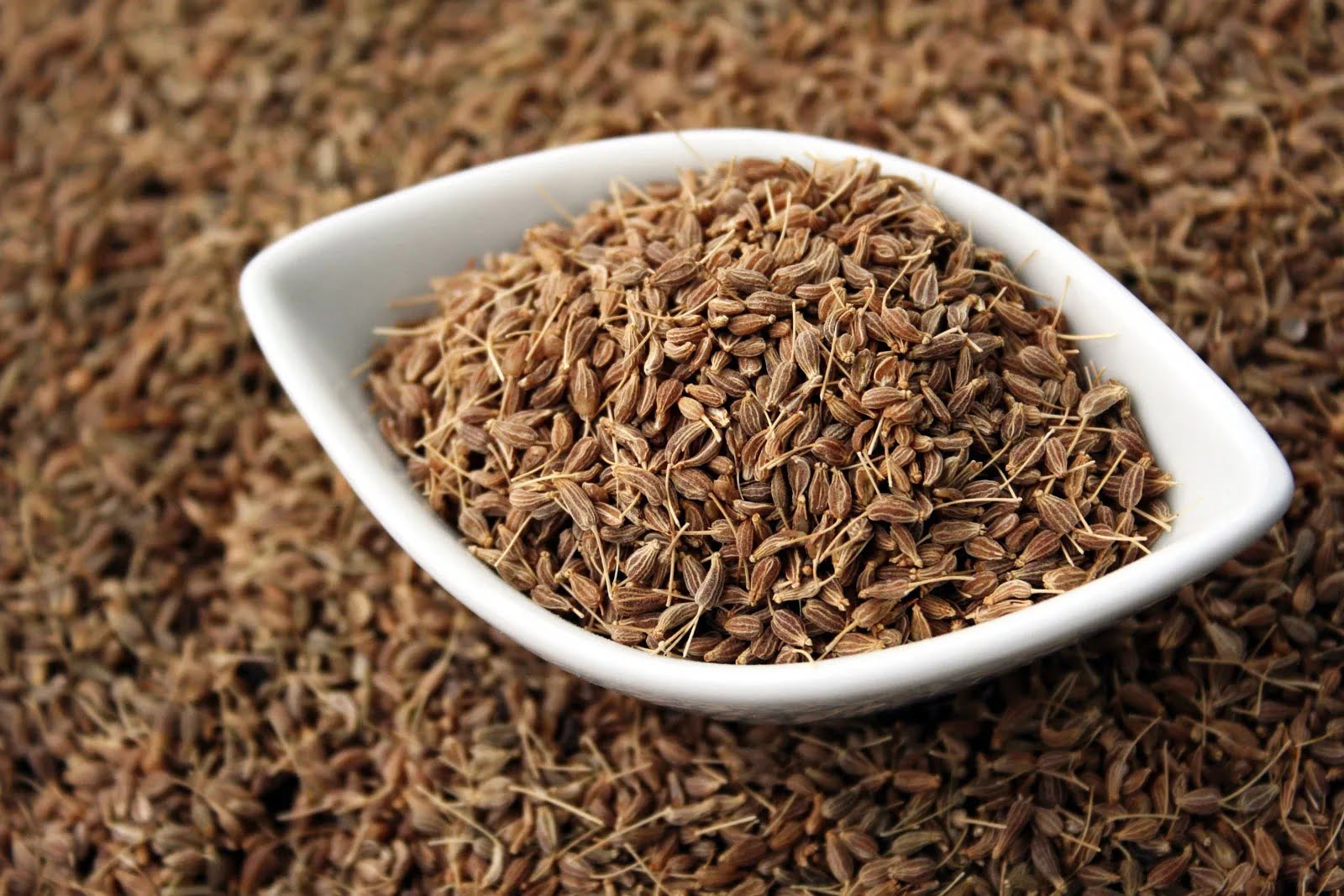
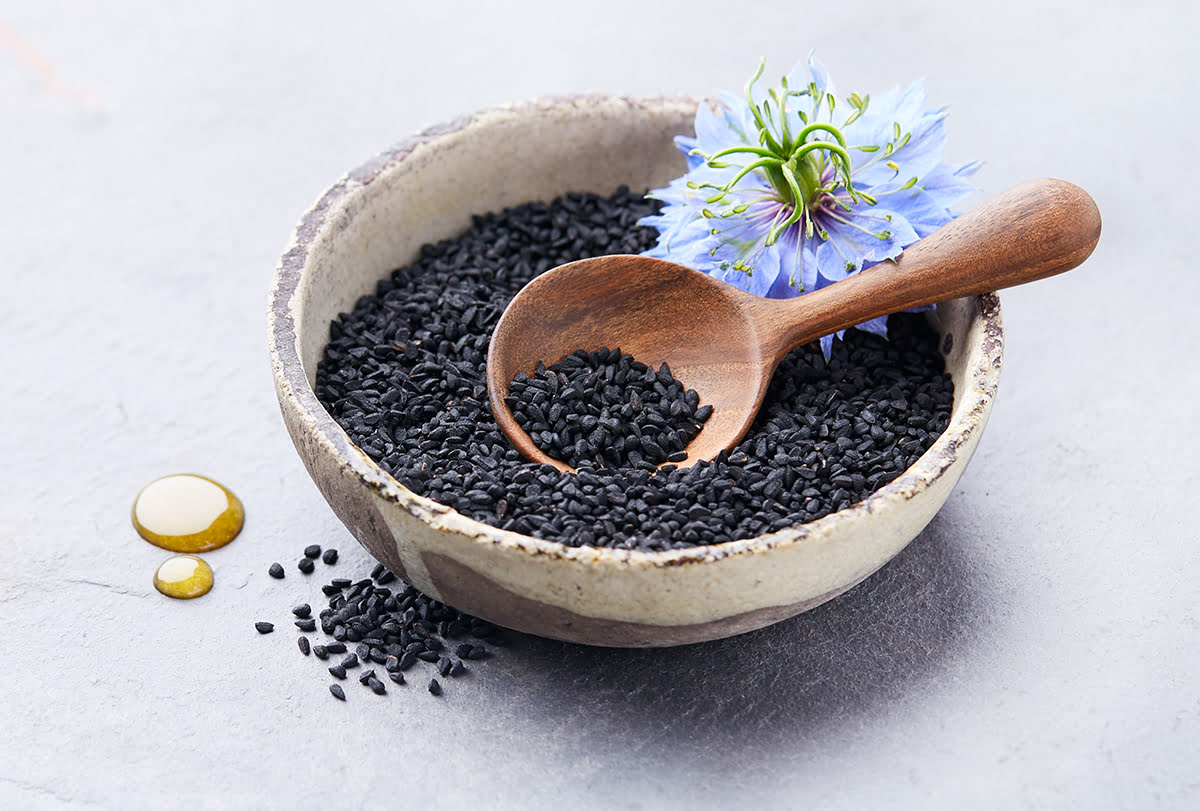
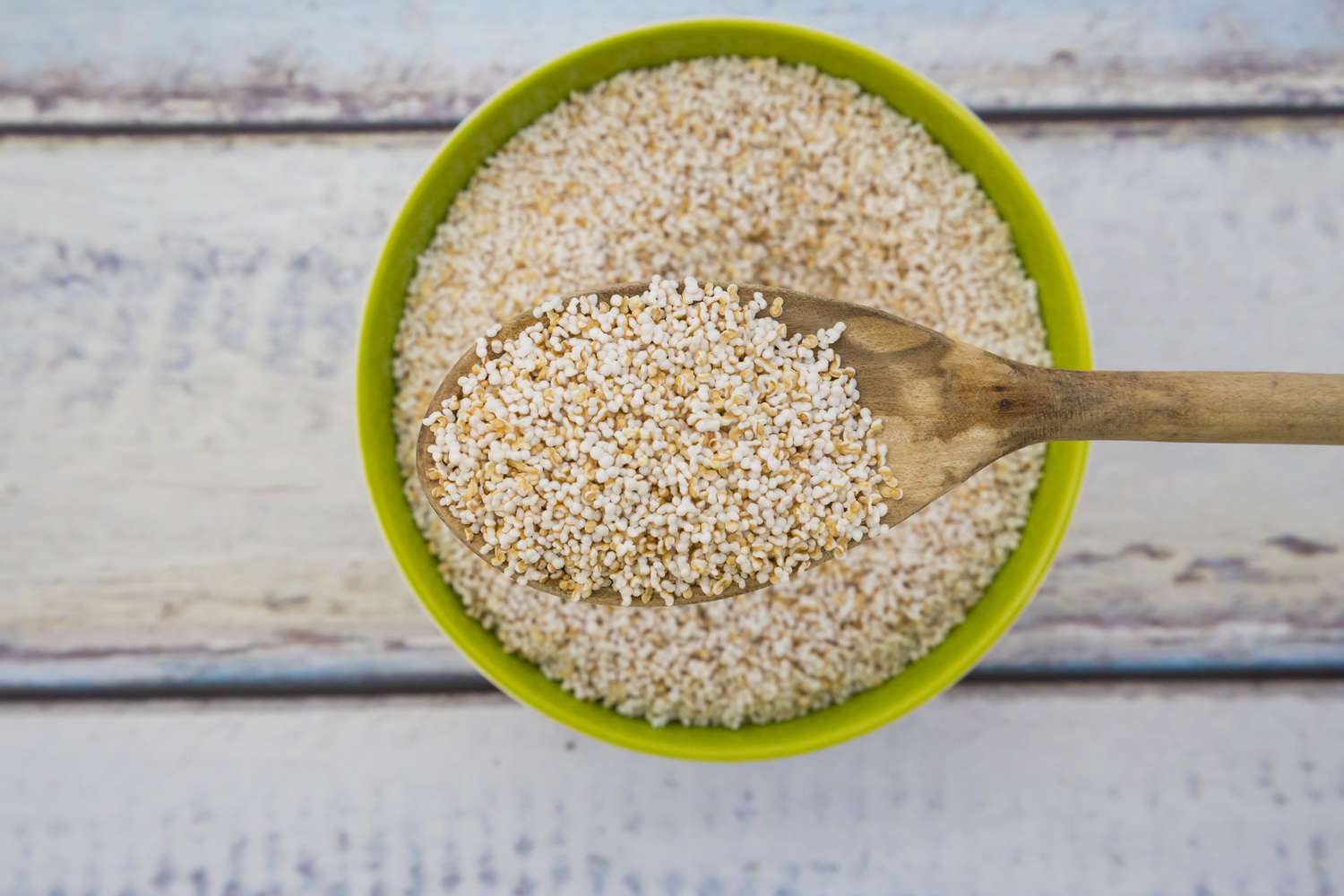
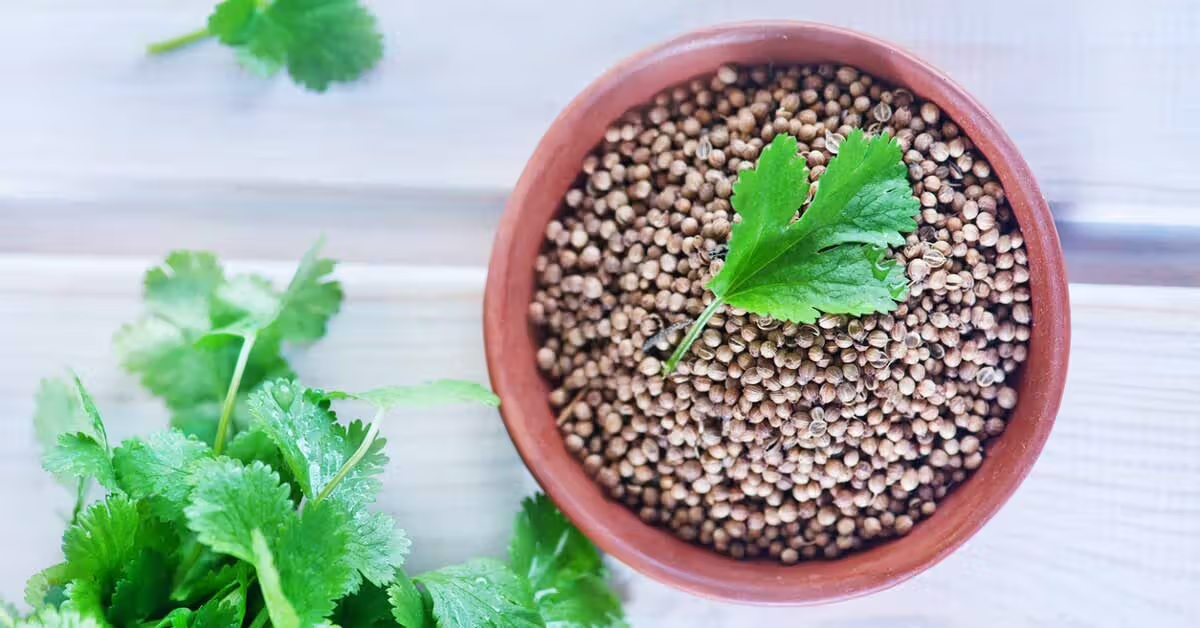
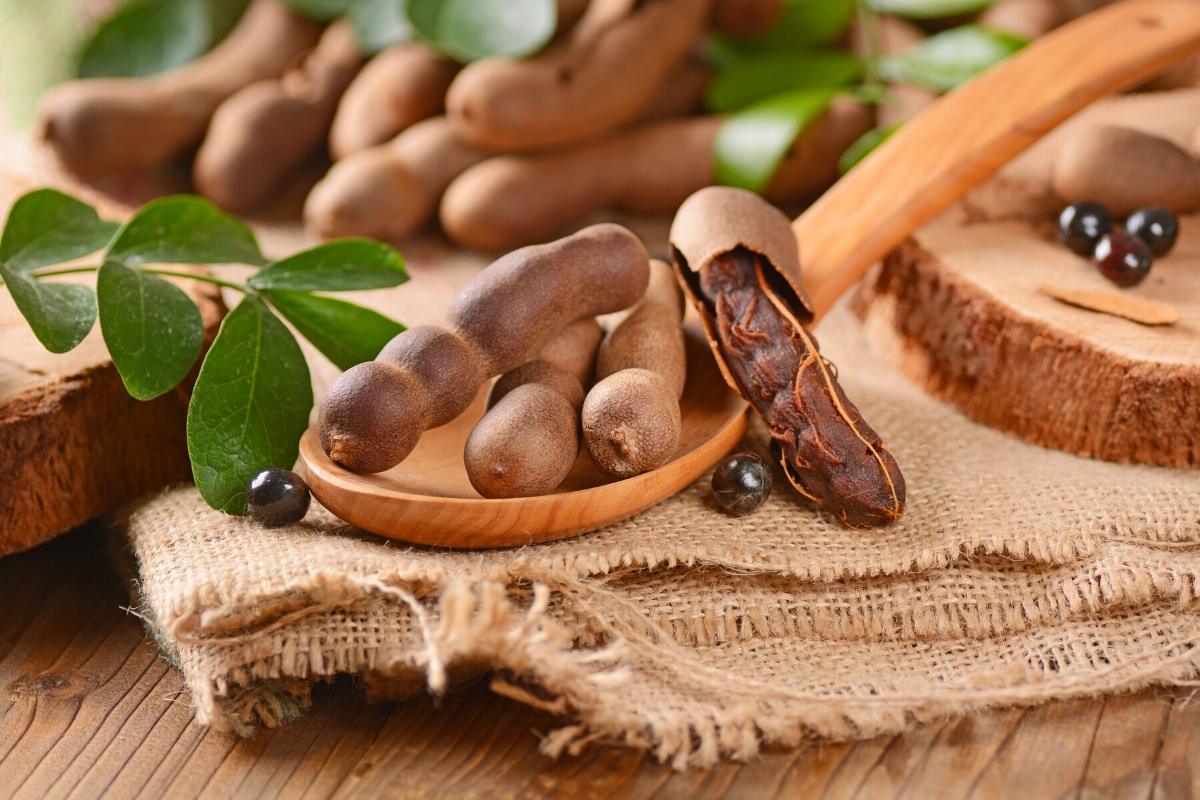
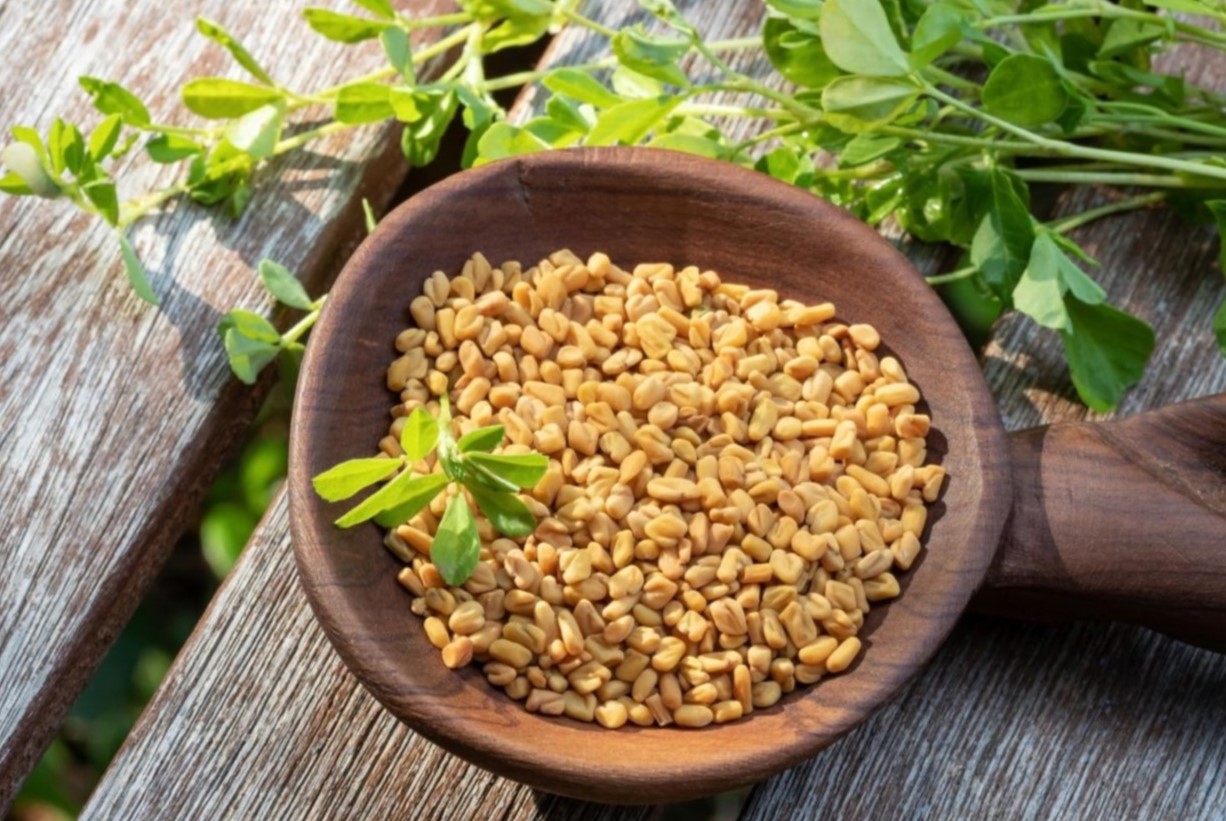
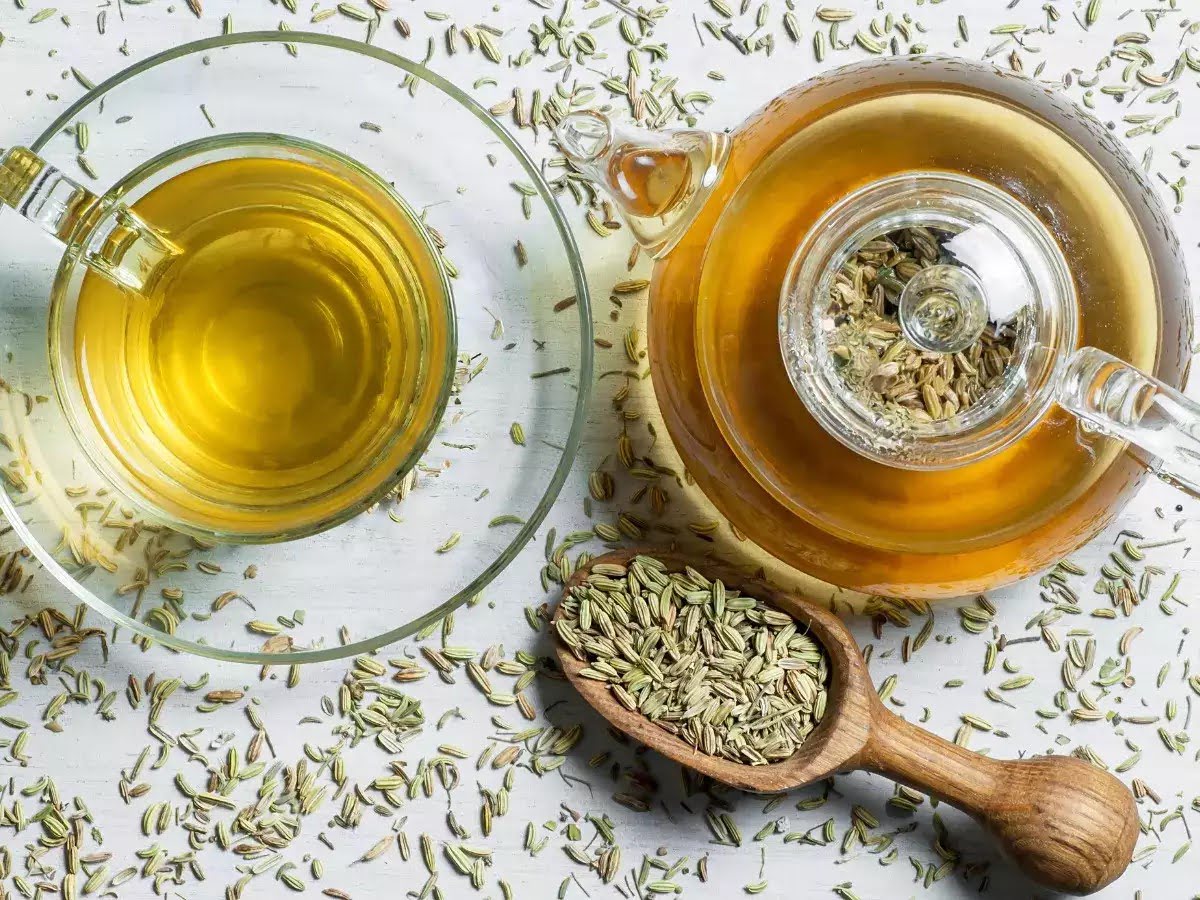
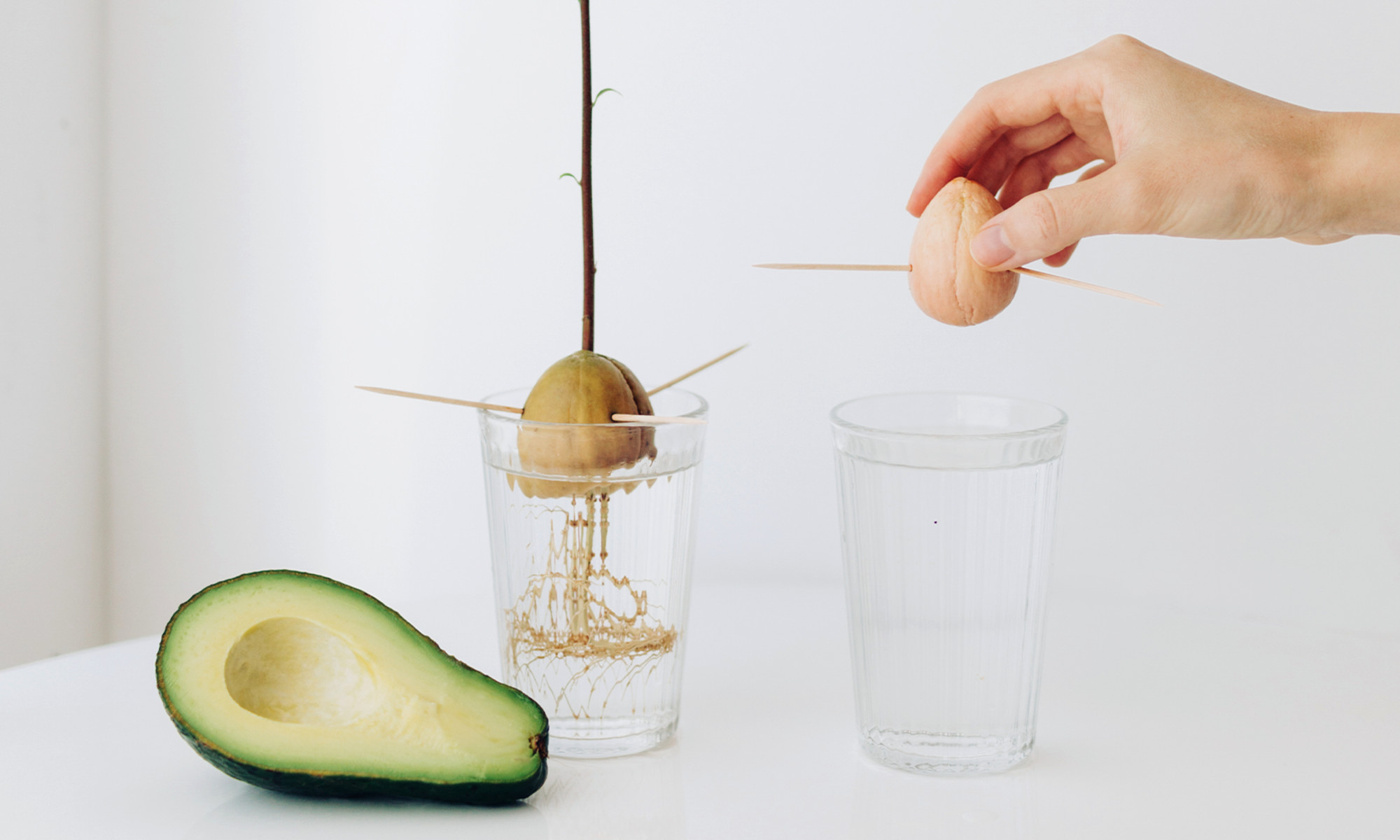

0 thoughts on “How To Use Cardamom Seeds”